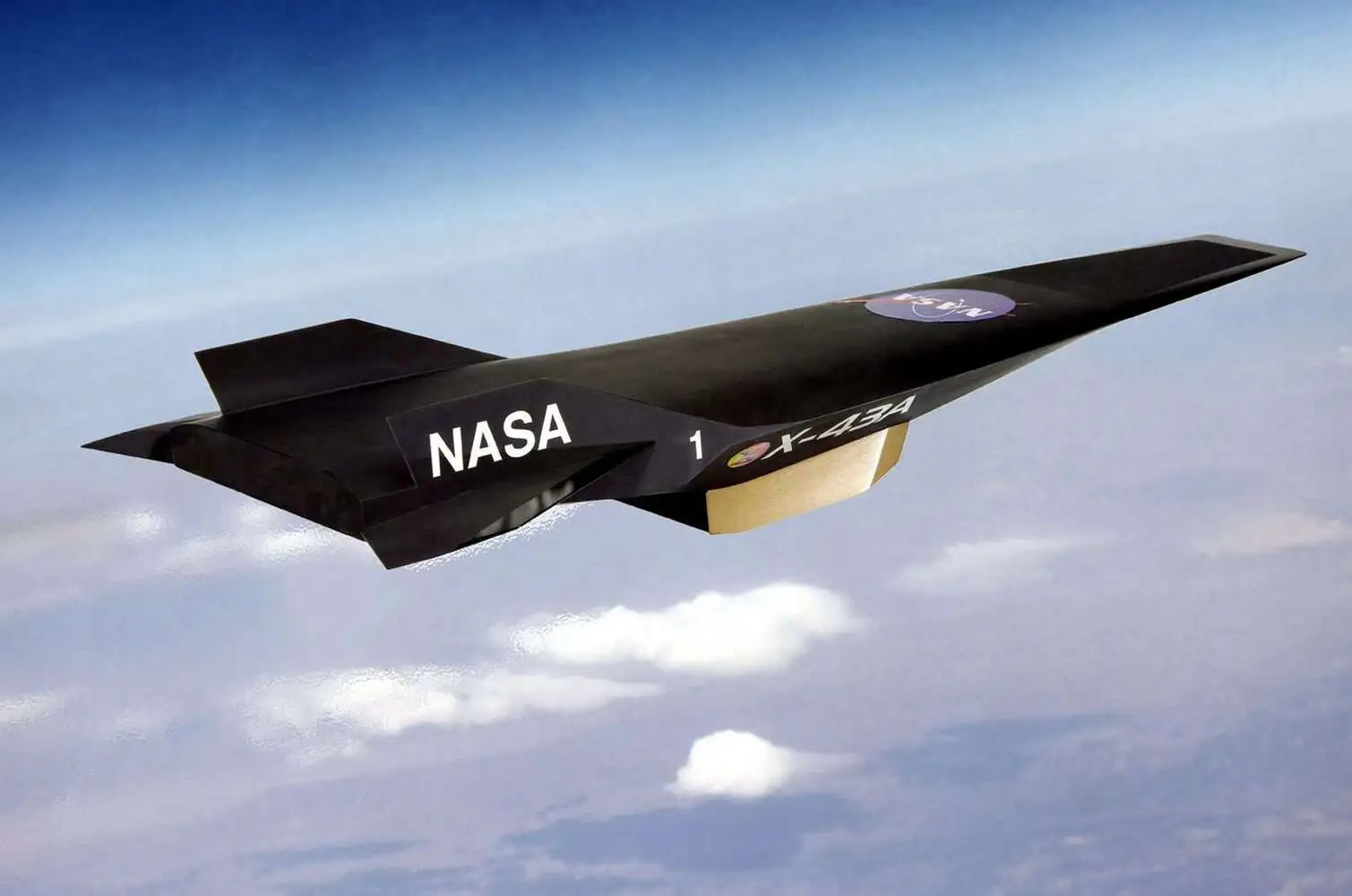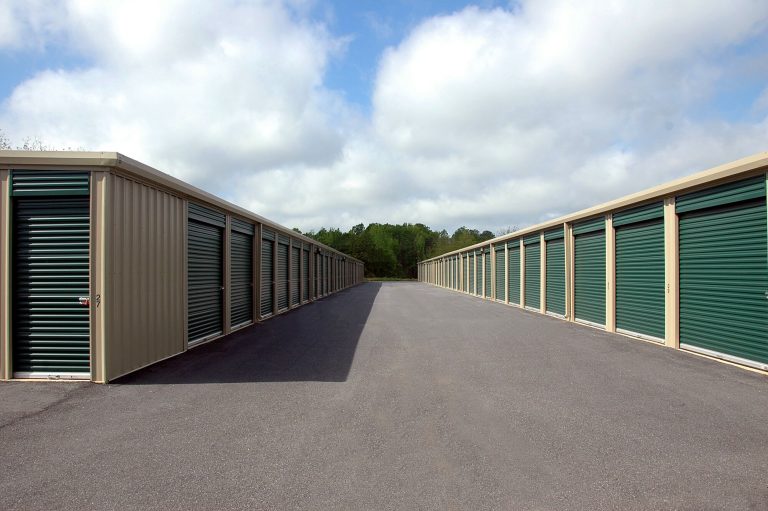How Fast Is Mach 10? NASA Figures
Generally speaking, the answer to the question, “How fast is a mach 10?” is very much dependent on the size and power of the aircraft. If it is small, it will run at an extremely slow speed; if it is large, it will run at an extremely high speed. If it is a combination of both, it will likely run at a mixture of these speeds.
Mach 10 Myth
There is no specific NASA program or project called “MACH 10.” However, NASA has done research and development on high-speed flight and vehicles that are capable of reaching speeds of Mach 10 or higher. For example, NASA has conducted tests on supersonic and hypersonic aircraft, as well as on rocket-powered vehicles, in order to understand the challenges and requirements of flying at these very high speeds.
NASA has also developed technologies and materials that are designed to withstand the extreme conditions of high-speed flight, such as high temperatures and pressures. This research has helped to advance our understanding of high-speed flight and has laid the foundation for future developments in this field.
How Fast Is Mach 10?
Mach 10 is approximately 3,800 meters per second, or 13,500 kilometers per hour, or 8,500 miles per hour. This is more than 10 times the speed of sound, which is approximately 343 meters per second at sea level. At Mach 10, an object would be able to travel approximately 3 times around the circumference of the Earth in one hour. It is a very high speed, and it is difficult to achieve and maintain.
SR-71 Blackbird
SR-71 Blackbird is the world’s fastest aircraft. It has an altitude ceiling of 85,000 feet, and can reach speeds in excess of 2,200 miles per hour. It can also travel at mach 3+, or three times the speed of sound.
Although the SR-71 Blackbird was considered to be the best at the time, it was not a flawless aircraft. Despite its speed, it was plagued with reliability issues, and several of the aircraft were lost to accidents. Eventually, only two of the aircraft were retired by NASA. Today, most of the remaining aircraft are stationed at military bases.
The SR-71 Blackbird is the first aircraft in history to use composite materials for the airframe. These materials provide a sturdy structure that is more than capable of handling the high temperatures of a mach 3+ flight. The aircraft is designed to expand during high altitude flights, and its tires were specially designed to withstand the heat associated with such flights.
NASA X-43A
X-43A is a hypersonic research aircraft, developed by NASA. Its design was based on scramjet propulsion technology. The scramjet engine does not require oxygen to burn fuel. The engine uses aerodynamics and a high air flow rate to ignite the fuel. This means the scramjet is simple and has fewer moving parts than a conventional turbojet engine.
X-43A was an unmanned hypersonic research aircraft. The test flights were conducted by NASA Dryden Flight Research Center. The B-52B bomber carried the X-43A and its Pegasus booster rocket. The aircraft lifted off the Dryden flight testing range and reached altitudes up to 95 000 ft. After the flight, X-43A landed in the Pacific Ocean.
The unmanned X-43A broke the previous air-breathing jet speed record. The unmanned X-43A flew at Mach 9.6, which is ten times the speed of sound. The X-43A was attached to a modified Pegasus booster rocket. The rocket tore off the starboard and port fins.
High-Hypersonic designs take a backseat to thermal control
Creating a hypersonic glide vehicle is a complex endeavor. A large part of the design is based on the fact that the air molecules surrounding the vehicle are able to react with the hypersonic glider, which means that the airframe must be capable of adjusting its motion in order to survive.
Embedded computing systems will also need to withstand extreme conditions. These include pyrotechnic shock, extreme temperature, and vibration.
Embedded computing will need to be capable of handling the thermal stresses that are associated with hypersonic flight. Aside from the typical heat shields, there will need to be new materials that can withstand the harsh physics of hypersonic flight.
Hypersonic weapons are fast, agile, and precise. These weapons can travel at speeds of up to 3,500 miles per hour. These weapons are designed to follow adjustable flight paths and operate with pinpoint accuracy.
Currently, the Pentagon is using hype to secure funding for the development of hypersonic weapons. Despite the fact that these technologies are in the works, the hype is leading to a heightened risk of conflict.
Stratolaunch Talon-A
Developed by Stratolaunch, the Talon-A is a hypersonic testbed vehicle designed for research and testing. It will carry payloads at hypersonic speeds and has an autonomous capability, enabling it to take off and land on a runway.
This aircraft has a wingspan of 385 feet. It also features dual fuselages. Its pylon is 14 feet wide and weighs 8,000 pounds. It is constructed from aluminum and carbon fiber skins. It has six engines originally built for the Boeing 747 commercial airframe. It can carry up to three Talon-As in one flight.
It is the first of three generations of Talon-A vehicles, and is meant to be reusable. It is also designed to perform different types of hypersonic flight profiles. It is built to make testing of hypersonic flight systems safer and more reliable. It will fly at Mach 5 to Mach 7. It will be used for research and development, as well as operational missions.






